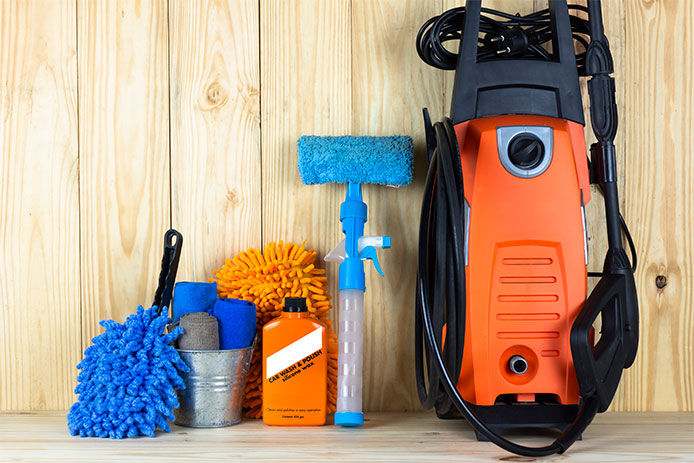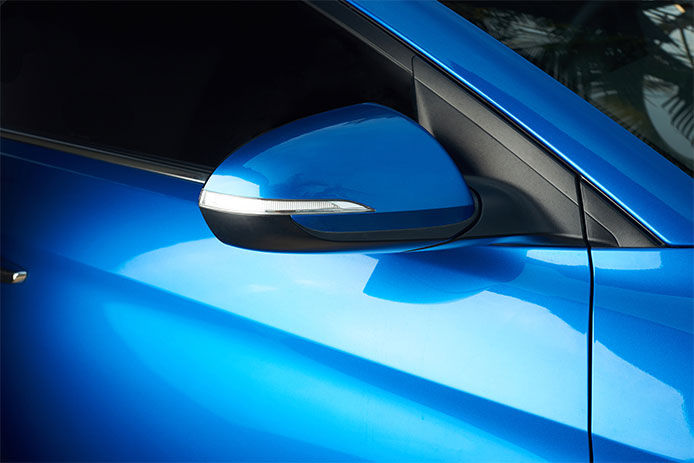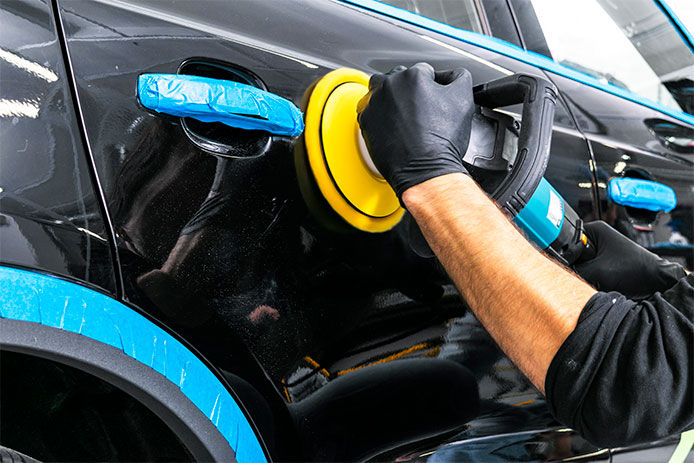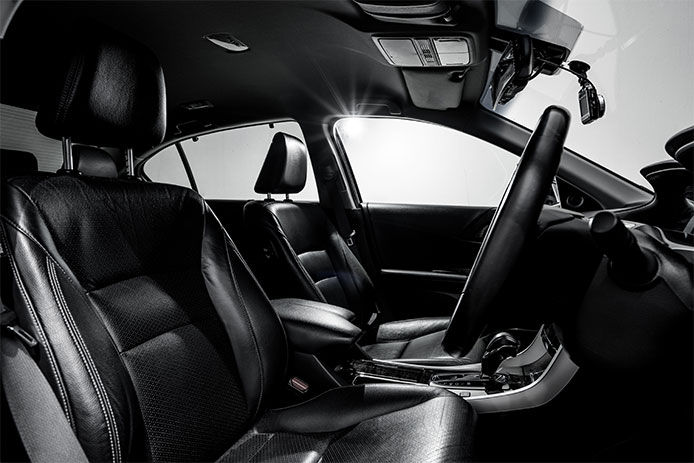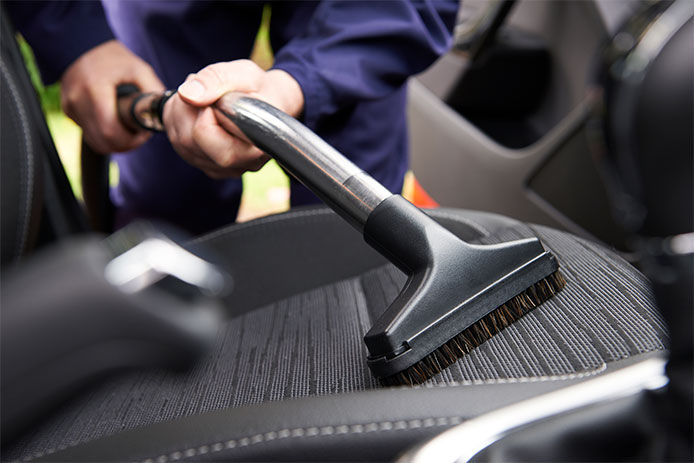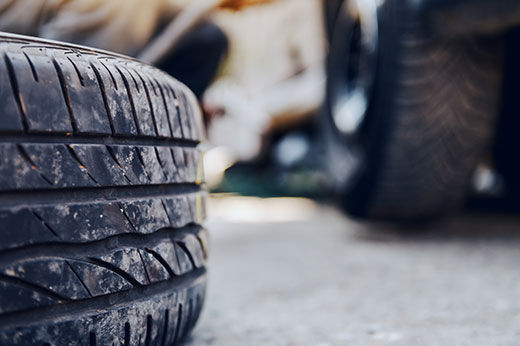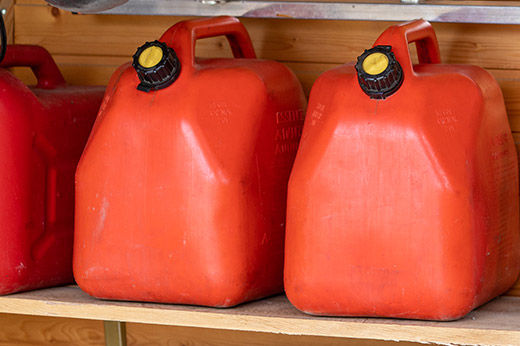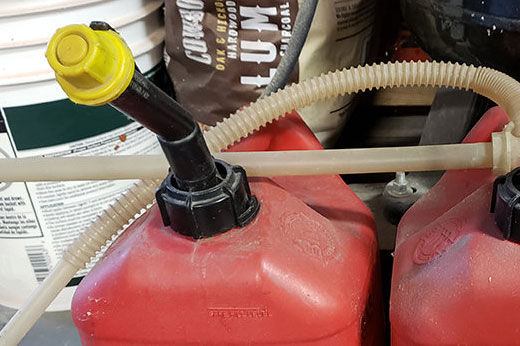- Sponges or mitts
- Microfiber cloths
- Professional cleaning products
- Wax
- Vacuum cleaner with hose attachments
- Carpet shampoo
- Clay bar or detail mitt
- Buckets (2)
- Hose
- Pressure washer (optional)
The first time you detail a car will take longer until you get it figured out, but the payoff is worth it in the end. Maintaining your car's "new look" will make you want to stay in the car longer and up its value when you go to sell the vehicle or trade it in.
While do-it-yourself projects can be fun and fulfilling, there is always a potential for personal injury or property damage. We strongly suggest that any project beyond your abilities be left to licensed professionals such as electricians, plumbers, and carpenters. Any action you take upon the information on this website is strictly at your own risk, and we assume no responsibility or liability for the contents of this article.

